 17 Mar, 2021
17 Mar, 2021
m-chính phủ
Theo một báo cáo toàn cầu, điện thoại thông minh đã bán được nhiều hơn máy tính cá nhân (PC) và nếu xu hướng này tiếp tục, điện thoại thông minh sẽ là thiết bị phần lớn mọi người dùng. Với trên một tỉ người dùng di động trên khắp thế giới và con số người dùng vẫn đang tăng lên, điện thoại thông minh sẽ là thiết bị then chốt cho mọi người dùng ở mọi nơi. Ngày nay, không chỉ các doanh nghiệp đang chuyển từ PC sang điện thoại thông minh mà chính phủ trên khắp thế giới cũng đang bắt đầu hội tụ vào cung cấp các dịch vụ cho công dân của họ qua điện thoại thông minh hay m-Government.
Mười năm trước, e-Government rõ ràng là chiều hướng đúng nhưng ngày nay xu hướng mới trong m-Government có bao gồm việc dùng đa dạng công nghệ di động, thiết bị, và ứng dụng để chuyển giao các dịch vụ của chính phủ cho công dân của nó. Nó cho phép các công dân truy nhập vào những dịch vụ này từ thiết bị di động của họ thay vì máy tính cá nhân của họ. Lí do đơn giản là trong các nước đang phát triển, truy nhập vào internet qua máy tính cá nhân là khó và thường chậm do hệ thống viễn thông cổ lỗ. Với công nghệ không dây, nhiều người có thể dùng điện thoại thông minh của họ để truy nhập vào các dịch vụ của chính phủ nhanh hơn và dễ hơn. Một quan chức chính phủ cấp cao tuyên bố: “e-Government lạc hậu rồi và nên được thay thế bằng m-government.”
Về căn bản e-Government đã tiến hoá thành m-Government với những ích lợi lớn. Nó là hiệu quả, dễ dùng, thuận tiện và linh hoạt bởi vì mọi người có thể dùng nó ở bất kì đâu. Chính phủ có thể vươn tới nhiều người qua thiết bị di động hơn là qua internet có dây vì nhiều người có điện thoại di động hơn máy tính cá nhân.
Với m-Government, chính phủ có thể gán duy nhất ‘từ khoá’ cho từng dịch vụ m-government được thực hiện. Những thông điệp được làm sẵn có thể lẩy cò các hành động. Chẳng hạn, một nông dân muốn kiểm giá cây trồng của mình có thể dùng một thông điệp riêng để có được thông tin. Mọi điều người đó phải làm là gửi một tin nhắn tới một số với từ khoá ‘Giá lúa’. Thông điệp này được tự động hướng tới văn phòng nông nghiệp địa phương nơi một chương trình máy tính sẽ xử lí nó và cho một tin nhắn văn bản khác trở lại với giá vào ngày đó. Thông điệp tương tự có thể được dùng cho nông dân để nhận được thông tin đúng thời gian về giá hạt giống, phân bón, thời tiết và các khuyến cáo về gieo giống.
Một ứng dụng di động khác có thể giúp các công dân tránh xếp hàng dài ở các văn phòng chính phủ. Chẳng hạn, nếu một đôi muốn xin giấy đăng kí kết hôn, họ sẽ đi tới văn phòng chính phủ, điền chi tiết vào mẫu để đăng kí hôn nhân với người chứng kiến v.v. Với m-Government, họ có thể điền mẫu trực tuyến và gửi nó đi với “từ khoá” và máy tính sẽ xử lí nó và trong vài phút, đôi này có thể nhận được một thông điệp từ văn phòng chính phủ địa phương về tình trạng đơn xin. Toàn thể ý tưởng này là để tiết kiệm thời gian và cắt giảm số lượng người tới văn phòng chính phủ. Trong những trường hợp nào đó, nếu công chức chính phủ đặc biệt không đáp ứng trong thời gian đã phân lô với bất kì yêu cầu nào, vấn đề này được tự động leo thang lên quan chức mức cao hơn. Điều này đưa tới tính đảm nhiệm của chính phủ để hỗ trợ cho công dân của nó.
Ví dụ khác là app di động cho cơ quan thuế. Công dân có thể trình thông tin thuế của họ trực tuyến cùng thanh toán và gửi nó đi với một “từ khoá”. Một khi việc trình được hoàn tất, công dân ngay lập tức nhận được một thông điệp với số đăng kí để xác nhận rằng chính phủ đã nhận được biểu mẫu thuế. Đồng thời một giao tác từ tài khoản ngân hàng của công dân cho tài khoản ngân hàng của chính phủ sẽ được xử lí. Một tin nhắn văn vản xác nhận sẽ được gửi tới cho công dân rằng việc xử lí bây giờ là hoàn tất.
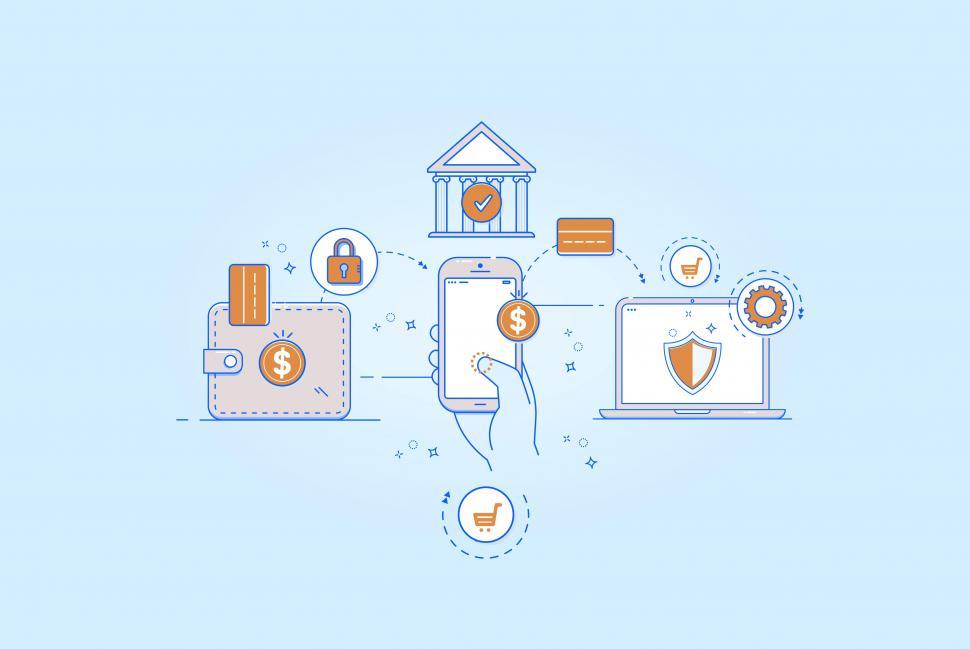
Trong vài tháng, nhiều chính phủ đang chuyển sang m-government do tính phổ cập của điện thoại thông minh và công nghệ không dây. Ngày nay thị trường cho m-government là rất lớn với hàng trăm nghìn app di động đang được xây dựng. Trong thế giới có hơn 7 tỉ người, nền di động sẽ rất lớn và chẳng mấy chốc sẽ thay thế máy tính cá nhân và kết nối có dây. m-government sẽ là dự án lớn nhất cho chính phủ để cung cấp dịch vụ cho công dân – ở bất kì đâu và vào bất kì lúc nào.

—-English version—-
m-Government
According to a global report, smart phones have outsold Personal Computers (PC) and if this trend continues, smart phone will be the device that most people use. With over billion mobile users all over the world and the numbers of user is still increasing, smart phones will be the key device for people to use everywhere. Today, not just businesses are switching from PC to smart phones but governments all over the world are beginning to focus on provide services to their citizen via smart phones or m-Government.
Ten years ago, e-Government is clearly the right direction but today the new trend is m-Government which involves the use of various mobile technology, devices, and applications to deliver government services to its citizens. It allows citizens to access these services from their mobile devices instead of their personal computer. The simple reason is in developing countries, access to internet by personal computer is difficult and often slow due to the archaic telecommunication systems. With wireless technology, many people can use their smart phones to access government’s services faster and easier. A senior government official declared: “e-Government is obsolete and should be replaced by m-government.”
Basically e-Government has evolved into m-Government with significant benefits. It is efficient, easy to use, convenience and flexible because people can use it anywhere. The government can reach more people through mobile devices than wired internet because more people have mobile phones than personal computer.
With m-Government, the government can assign unique ‘keywords’ to each m-governance service implemented. These pre-defined messages can trigger actions. For example, a farmer wants to check the price of his crops can use a specific message to get the information. All he has to do is send a text to a number with the keyword ‘Rice crop price’. The message is automatically directed to the local agriculture office where a computer program will process it and gives another text message back with the price on that day. The similar message can be used for farmers to receive timely information on seed prices, fertilizers, weather, and recommendations to planting seeds.
Another mobile application can help citizens avoid long queues at government offices. For example, if a couple wants to apply for a marriage certificate, they would go to a government office, fill in details on a form to register for the marriage with witnesses etc. With m-Government, they can fill the form online and send it in with a “keyword” and the computer will process it and within few minutes, the couple can receive a message from the local government office on application status. The whole idea is save time and cut down the number of visits to government offices. In certain cases, if a particular government functionary does not respond within the allotted time to any request, the issue is then automatically escalated to a higher level officer. This brings about government accountability to support its citizen.
Another example is the mobile app for the Taxes Department. Citizens can file their tax on line with payment and send it to a “key word”. Once the filling is completed, the citizen immediately receives a message with registration number to confirm that government has received the tax form. At the same time a transaction from the citizen’s bank account to a government bank account will be processed. A confirmation text message will be send to the citizen that the process is now complete.
In just few months, more governments are witching to m-government due to the popularity of smart phone and wireless technology. Today the market for m-government is very large with hundred thousands of mobile app being built. In the world of over 7 billion people, mobile platforms will be very big and soon will replace personal computer and wired connections. m-government will be the biggest project for the government to provide services to citizens – anywhere and anytime.




 Thông báo
Thông báo

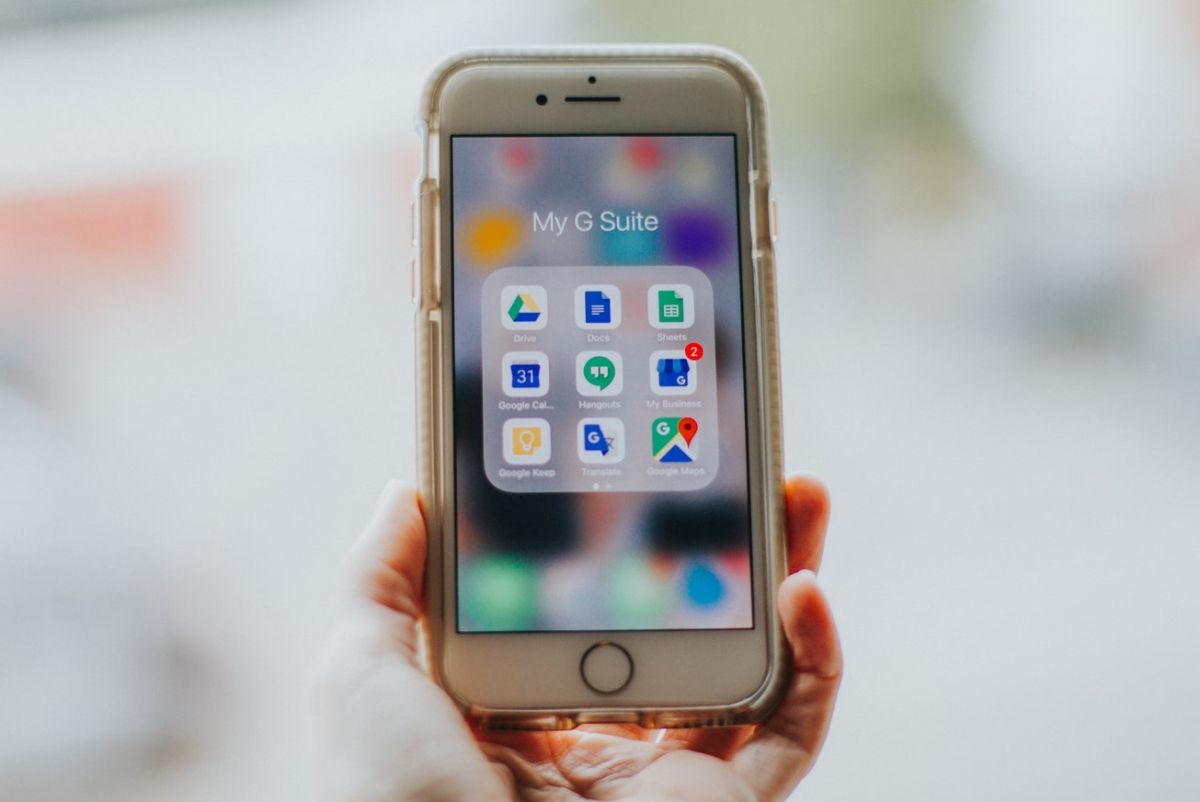






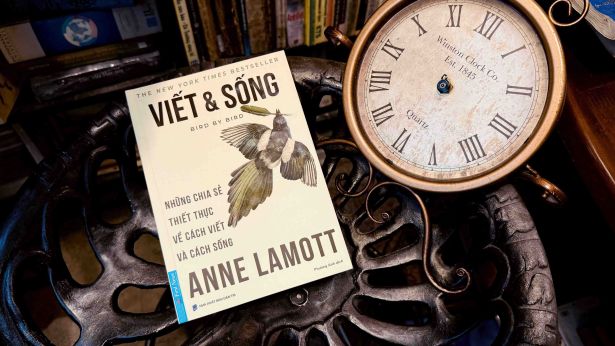

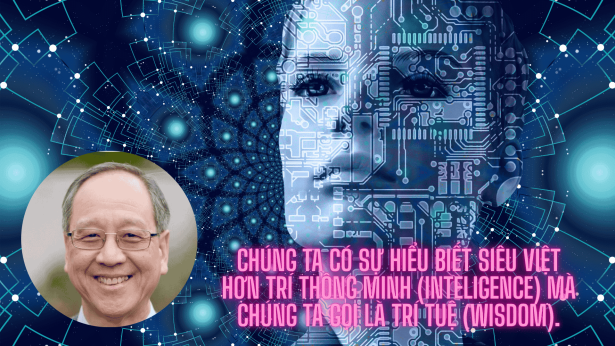
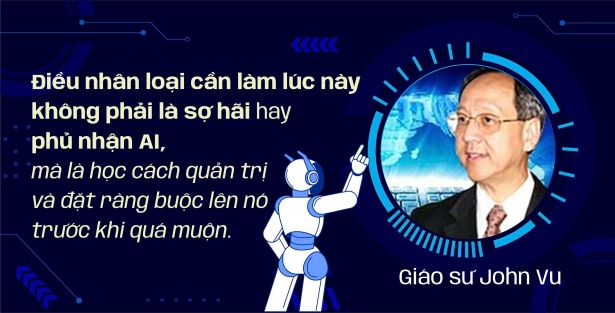



 Quay lại đăng nhập
Quay lại đăng nhập
